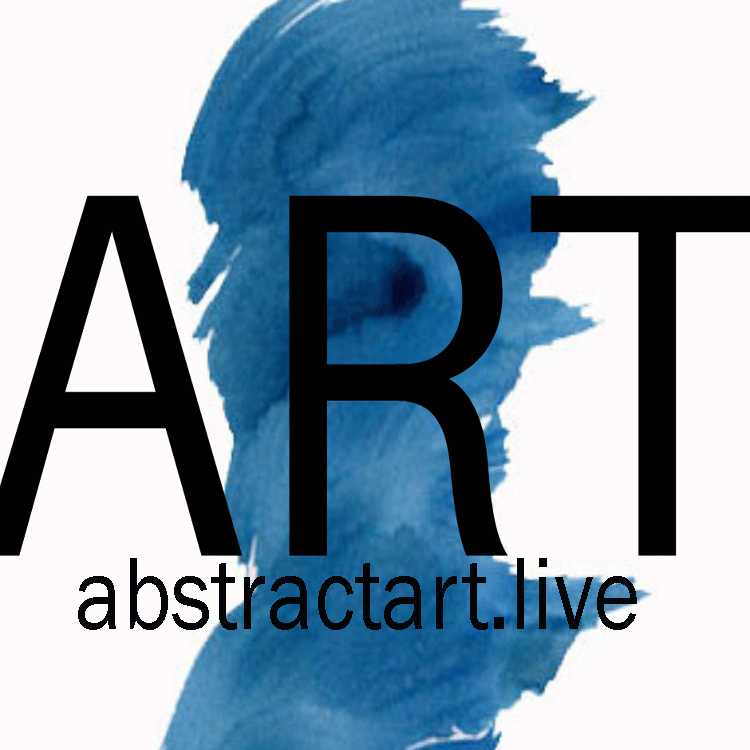Giclee vs. Prints
Giclée “prints” are are a fancy name for reproductions aka prints of original art.
What is a GICLEE?
Giclée is actually the technique used to make the reproduction. This is also known as a digital print. An artist takes a photograph of an artwork. It is then digitally reproduced on a surface (substrate), like canvas, paper, fabric, etc.
The specific technique was named from an old French etching technique which means to shoot inks, similar to the inkjet printers. The term “giclee” was trademarked.
Now digital has allowed freed artists and other producers to do reproductions of their works as needed or as a print on demand (POD). Once a print is sold, the print can then be made allowing for less pre-printed inventory and expense.
GICLEE vs. PRINT
Regardless of the technique used reproductions (prints) are only more affordable copies of an original artwork and they aren’t worth nearly as much. The true value comes from a print being signed, numbered and released in a limited print run (limited edition prints).
SIGNED PRINTS
Are they more valuable?
If the artist is well-known, the signature has the value, not the actual print. However all prints that are signed by the artist do hold a slightly higher value than just a mass production of the print.

